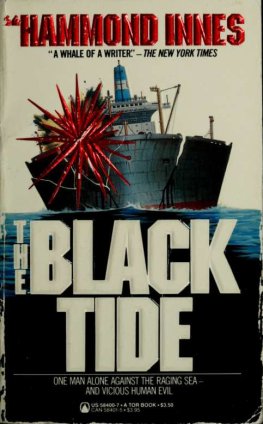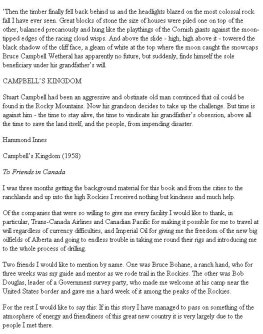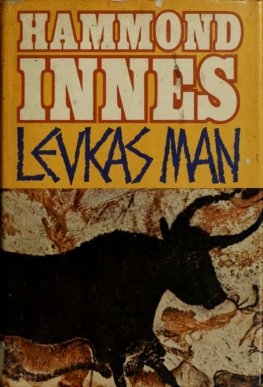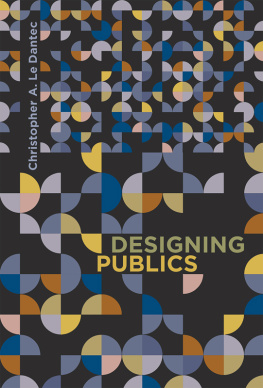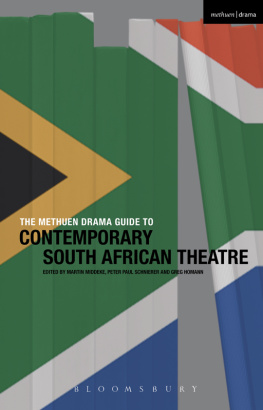DESIGNING MODERN AMERICA
DESIGNING MODERN AMERICA
Broadway to Main Street Christopher Innes

YALE UNIVERSITY PRESS NEW HAVEN AND LONDON
Published with assistance from the foundation established in memory of Philip Hamilton McMillan of the Class of 1894, Yale College.
Copyright 2005 by Yale University
All rights reserved.
This book may not be reproduced, in whole or in part, including illustrations, in any form (beyond that copying permitted by Sections 107 and 108 of the U.S. Copyright Law and except by reviewers for the public press), without written permission from the publishers.
Designed by Sonia Shannon.
Set in Monotype Bulmer and Linotype Futura by Duke & Company, Devon, Pennsylvania.
Printed in the United States of America.
Library of Congress Cataloging-in-Publication Data
Innes, C. D.
Designing modern America : Broadway to main street / Christopher Innes.
p. cm.
Includes bibliographical references and index.
ISBN 0-300-10804-4 (hardcover : alk. paper)
1. DesignUnited StatesHistory20th century. 2. Urban, Joseph, 1872-1933Criticism and interpretation. 3. Geddes, Norman Bel, 1893-1958Criticism and interpretation. 4. TheatersStage-setting and sceneryUnited StatesHistory20th century. I. Title.
NK1404.155 2005
792.025092273dc22
2005008719
A catalogue record for this book is available from the British Library.
The paper in this book meets the guidelines for permanence and durability of the Committee on Production Guidelines for Book Longevity of the Council on Library Resources.
10 9 8 7 6 5 4 3 2 1
For Eva
Contents















PrefaceNEW WORLDS FOR OLD
Once, as a birthday treat when I was a little boy, my grandfather took me to see the classic childrens fantasy Peter Pan. It was my first time ever in a theater, and I was completely captivated. Wide-eyed, I watched the children flying through the air, the savage redskins prancing in their war dance, the battle against evil Captain Hook and his villainous crew of pirates. When the tiny fairy Tinkerbell was treacherously poisoned and everyone in the audience was asked to help save her, I can still remember crying out, I believe in fairies! (we were told that was the only way of reviving her dying spark). Of course, even I could plainly see the wires suspending the children in the air, while those fierce Indian braves were rather plump, with little patches of ordinary pale skin showing between their belts and the rather overly red paint that covered their chests. None of it mattered. The scenery tended to wobble, the lighting was crudebut that simply added to the appeal. The brilliance of the lights, the smell of greasepaint were enthralling; everything on the stage seemed larger than life (played by young adults, the Little Lost Boys were far bigger than me) and more intense. It was magic.
From that moment, I loved theater, and not just make-believe, but the excitement of live performance. Over the years I threw myself into charades and built toy theaters, took up acting, tried my hand at directing plays, designed scenery, and read everything about the stage that I could get my hands on. I always wanted to know how the magic worked, from the ticking alarm clock in the stomach of the crocodile that ate Captain Hook, to the subtle wordless communication of a great mime like Marcel Marceau. So as time passed I took up writing about theater, searching out undiscovered stories about actors or what had happened in performances. That led me to this story, which started off with Broadway stage designers in the 1920s, and turned out to be an unexpected revelation about twentieth-century culture as a whole.
Looking back, I came to realize that childhood experience was also a practical demonstration of how stage performance, with its immediacy and direct contact between actors and spectators, could influence peoples lives. (For months after seeing Peter Pan I modeled myself on the characters and played in their imaginary world.) On one level, the picture on a stage is always openly fantasy. The life it represents may never be as convincingly real as film, but precisely because theater is so obviously make-believe it can act as a powerful catalyst.
This story about American theater also resonated in another way. Growing up in England after World War II gave me a strong sense of how quickly a culture can change and a new lifestyle emerge. We might have won the battle against Hitler in 1945, but the country remained stuck in the past, held back by bombed-out factories, shattered cities, and the sheer cost of fighting the war. People clung to old, outdated attitudes because there was nothing else, and while I was a child everything around me looked drab and gray. Then quite suddenly in the mid-1950s spots of brightness began to appear everywhere. Going into a store you saw new products, in colorful packaging that leapt off the shelves. Before that, our familylike three-quarters of households in Britainhad made do without a refrigerator. Now everyone had fridges in their kitchens, together with shiny white stoves and washing machines and dryers, which were far easier to use than the old ranges or the tubs with wringers on top. With all this came commercial television, and for the first time in color, bringing this new world right into our living room.
What made the greatest impression on me, being still a boy, was the end of wartime sugar rationing, which had remained in force through 1953. Candy, up to then a longed-for rarity, became freely available and (astonishingly, delightfully) no one stopped us from eating as many pieces as we could buy with our few pennies of pocket money. Cultural assumptions shifted along with personal expectations, and inside a single decade almost everyone was living in a different way. The modern world had arrivedjust like that! By 1957 even our droopy-eyed conservative Prime Minister at the time, Harold Macmillan, was declaring, Most of our people have never had it so good. Tasting the candies, I naturally agreed: the modern lifestyle was great.
Next page


